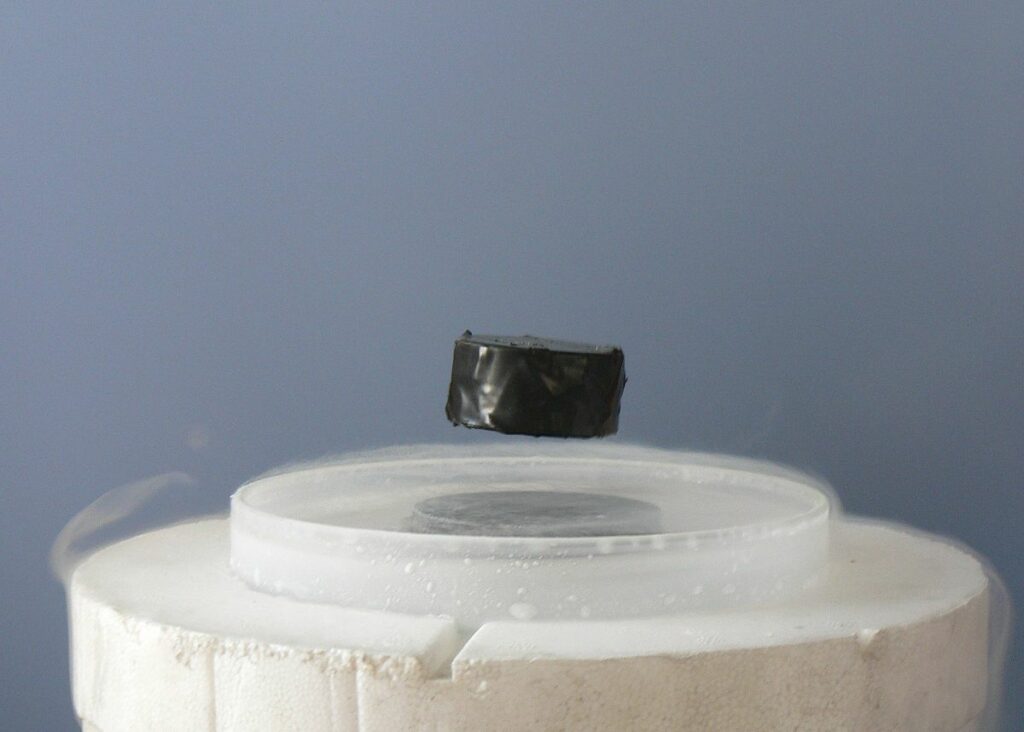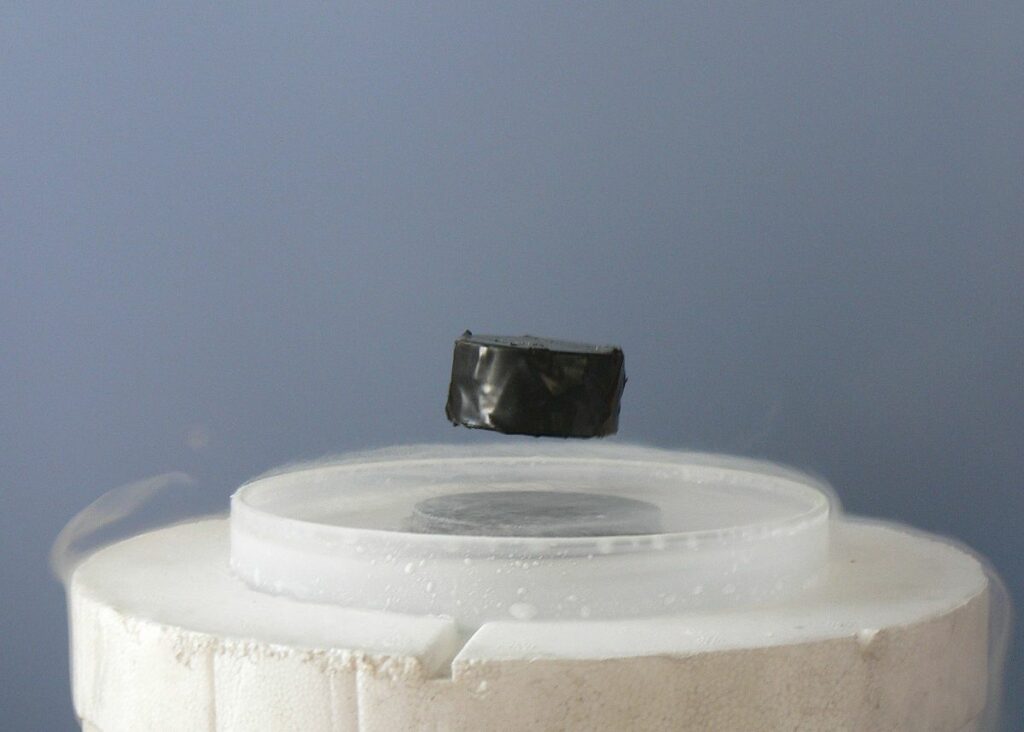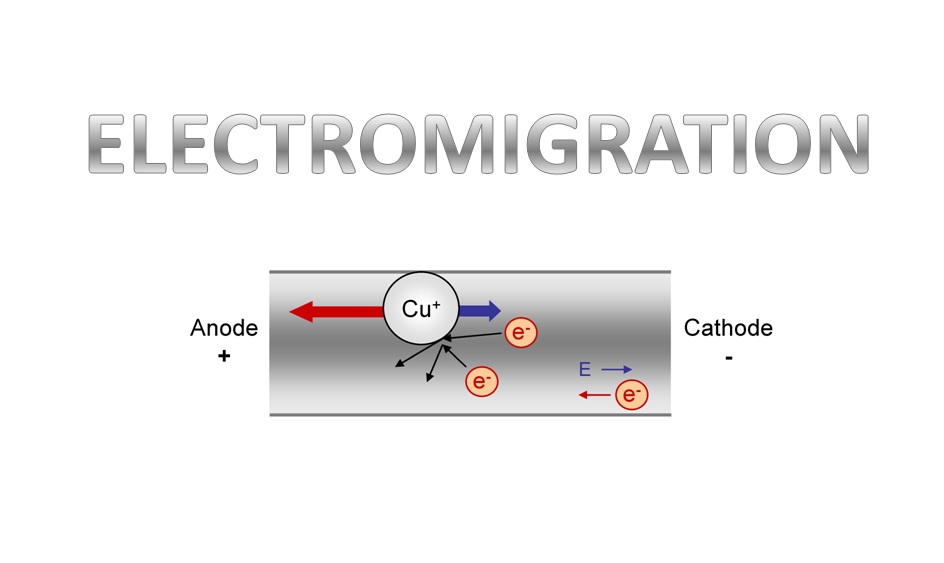Researchers from the Indian Institute of Science Bangalore (Solid State and Structural Chemistry Unit) confirms that their material exhibits major properties of superconductivity at room temperature.
What is superconductivity? What is a superconductor?
Superconductivity is the phenomenon in which the resistance of the material becomes zero. The material which exhibits superconductivity phenomenon is superconductors. not all the material exhibits superconductivity. Below is the list of some superconductors with their critical temperature (0 K) and critical magnetic fields.
Critical Temperature and Critical Magnetic Fields at (T=0 K) of some elemental superconductors
| SUPERCONDUCTOR | Tc (K) | Bc(0) (T) |
| Al | 1.196 | 0.0105 |
| Ga | 1.083 | 0.0058 |
| Hg | 4.153 | 0.0411 |
| In | 3.408 | 0.0281 |
| Nb | 9.26 | 0.1991 |
| Pb | 7.193 | 0.0803 |
| Sn | 3.722 | 0.0305 |
| Ta | 4.47 | 0.0829 |
| Ti | 0.39 | 0.010 |
| V | 5.30 | 0.1023 |
| W | 0.015 | 0.000115 |
| Zn | 0.85 | 0.0054 |
The history of Superconductivity
The era of low-temperature physics began in 1908 when the Dutch physicist Heike Kamerlingh Onnes first liquefied helium, which boils at standard 4.2 K pressure. Three years later, in 1911, Kamerlingh Onnes and one of his assistants discovered the phenomenon of superconductivity while studying the resistivity of metals at low temperatures. They first studied platinum and found that its resistivity, when extrapolated to depended on purity. They then decided 0 K, to study mercury because very pure samples could easily be prepared by distillation. Much to their surprise, the resistance of the mercury sample dropped sharply at to an unmeasurably small value. It was quite natural that 4.15 K Kamerlingh Onnes would choose the name superconductivity for this new phenomenon of perfect conductivity. 1913 Kamerlingh Onnes was awarded the Nobel prize in physics for the study of matter at low temperatures and the liquefaction of helium. We now know that the resistivity of a superconductor is truly zero. Soon after the discovery by Kamerlingh Onnes, many other elemental metals were found to exhibit zero resistance when their temperatures were lowered below a certain characteristic temperature of the material, called the critical temperature, Tc.











